Good time for birding.
Dec 1, 2022 16:38:23 #
The Southern California coast is a great place for birding in the winter. Birds that summer in the California mountains often come down to the lower, warmer coastal climes during winter. We are located on the Pacific Flyway, so many species traveling from the cold North to warmer areas or the tropics pass through in the Fall or stop for a gentle winter visit. Ducks, sparrows, wading birds, raptors...they all seem to find agreeable environments to enjoy here. Some are native, year-round residents while others are seasonal visitors.
Brant: a medium-small goose, arriving in Autumn and sticking around until Spring. Despite their B&W plumage, I find them to be an attractive addition to local fauna.
Osprey (aka Fish Hawk): Several decades ago, the population was nearly nonexistent. They have since rebounded so that we have numerous nesting pairs throughout Southern California, trolling from the skies in search of fish.
Allen's Hummingbird: This bright jewel is one of the more common hummingbird species in SoCal with rusty sides, a green back, and a throat that ranges from Chinese red to brassy orange. They are aggressive protectors of their territories. I've seen them chasing away Red-tailed Hawks with impunity.
Brown Pelican: I have recently seen more than 250 Brown Pelicans floating and flying together over and near the ocean. They were a "poster child" for waning populations caused by chemicals but once the use of those substances was controlled, the population has rebounded.
Reddish Egret: Less than 10 years ago, this species was considered a rarity or uncommon in our area, and birders would rush to see them when one was reported. While not as numerous as some other Heron/Egret species, they are frequently seen in coastal estuaries and marshes. They are very active feeders, flaring their wings, dancing and chasing their prey.
Northern Pintail: This elegant dabbling duck returns to coastal ponds and marshes in Fall and graces our birding through the Winter and Spring months.
Belding's Savannah Sparrow: This small bird is a year-round resident, surviving only where there is sufficient Pickleweed. Luckily, many of the remaining coastal marshes provide the needed Pickleweed to support the remaining populations of these sparrows. Common Savannah Sparrows also reside in the same locations, but the Belding's subspecies is a threatened species due to loss of environment.
Blue-winged Teal: One of three teal species that spend time in Southern California waterways, the Blue-winged Teal migrates North in the Spring, returning to SoCal in the Fall. The other two common teal species are Cinnamon Teal and Green-winged Teal.
Red-tailed Hawk: I just can't pass up the opportunity to share a photo of this Red-tail. Some Red-tails migrate during the Summer, but we are lucky to have a healthy year-round population. This immature bird landed in a flood-control channel near the Bolsa Chica wetlands and posed for about 15 minutes while birders captured many nice photos. We know of at least one nesting pair of Red-tails that regularly perch at Bolsa Chica and others that frequent the area, but whether this is their offspring is unknown.
Lesser Scaup: Lesser and Greater Scaup migrate into our ocean and wetlands in the Fall, where they remain until late Spring or early Summer. The two species are difficult to distinguish, leading to frequent discussions among birders as to which has been seen. They are often accompanied by the related Redhead ducks.
Hope you enjoy these photos. Have a great holiday season.
jak
.
Brant: a medium-small goose, arriving in Autumn and sticking around until Spring. Despite their B&W plumage, I find them to be an attractive addition to local fauna.
Osprey (aka Fish Hawk): Several decades ago, the population was nearly nonexistent. They have since rebounded so that we have numerous nesting pairs throughout Southern California, trolling from the skies in search of fish.
Allen's Hummingbird: This bright jewel is one of the more common hummingbird species in SoCal with rusty sides, a green back, and a throat that ranges from Chinese red to brassy orange. They are aggressive protectors of their territories. I've seen them chasing away Red-tailed Hawks with impunity.
Brown Pelican: I have recently seen more than 250 Brown Pelicans floating and flying together over and near the ocean. They were a "poster child" for waning populations caused by chemicals but once the use of those substances was controlled, the population has rebounded.
Reddish Egret: Less than 10 years ago, this species was considered a rarity or uncommon in our area, and birders would rush to see them when one was reported. While not as numerous as some other Heron/Egret species, they are frequently seen in coastal estuaries and marshes. They are very active feeders, flaring their wings, dancing and chasing their prey.
Northern Pintail: This elegant dabbling duck returns to coastal ponds and marshes in Fall and graces our birding through the Winter and Spring months.
Belding's Savannah Sparrow: This small bird is a year-round resident, surviving only where there is sufficient Pickleweed. Luckily, many of the remaining coastal marshes provide the needed Pickleweed to support the remaining populations of these sparrows. Common Savannah Sparrows also reside in the same locations, but the Belding's subspecies is a threatened species due to loss of environment.
Blue-winged Teal: One of three teal species that spend time in Southern California waterways, the Blue-winged Teal migrates North in the Spring, returning to SoCal in the Fall. The other two common teal species are Cinnamon Teal and Green-winged Teal.
Red-tailed Hawk: I just can't pass up the opportunity to share a photo of this Red-tail. Some Red-tails migrate during the Summer, but we are lucky to have a healthy year-round population. This immature bird landed in a flood-control channel near the Bolsa Chica wetlands and posed for about 15 minutes while birders captured many nice photos. We know of at least one nesting pair of Red-tails that regularly perch at Bolsa Chica and others that frequent the area, but whether this is their offspring is unknown.
Lesser Scaup: Lesser and Greater Scaup migrate into our ocean and wetlands in the Fall, where they remain until late Spring or early Summer. The two species are difficult to distinguish, leading to frequent discussions among birders as to which has been seen. They are often accompanied by the related Redhead ducks.
Hope you enjoy these photos. Have a great holiday season.
jak
.
Brant
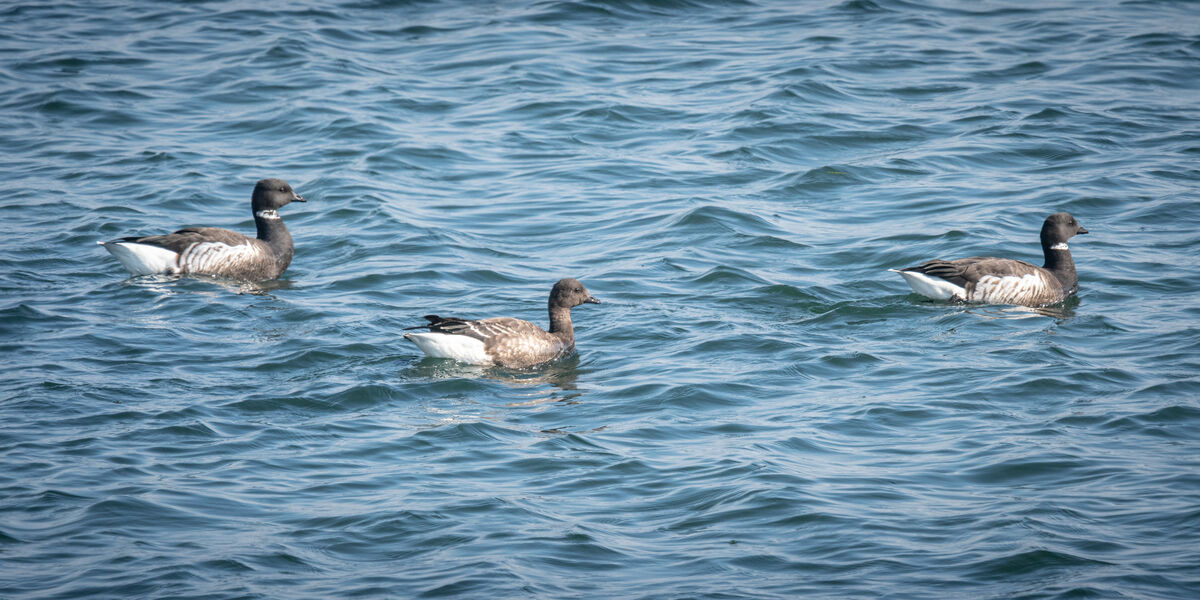
(Download)
Osprey
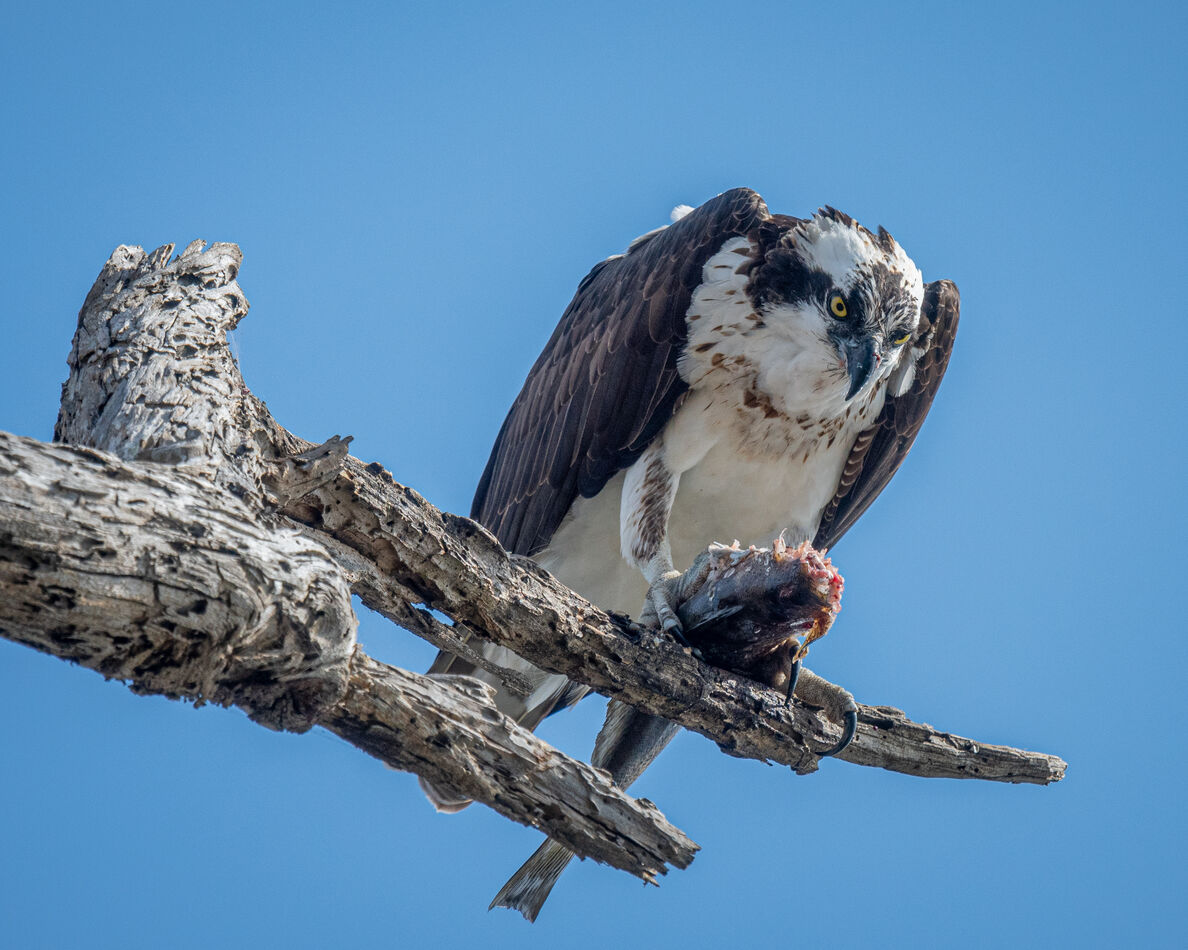
(Download)
Allen's Hummingbird
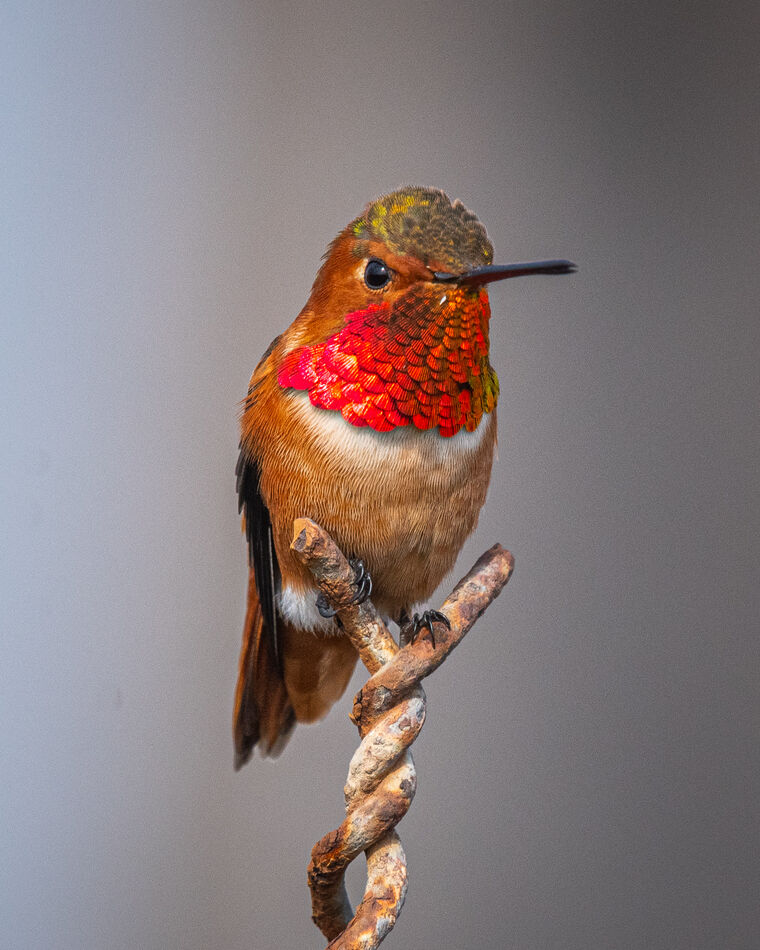
(Download)
Brown Pelican
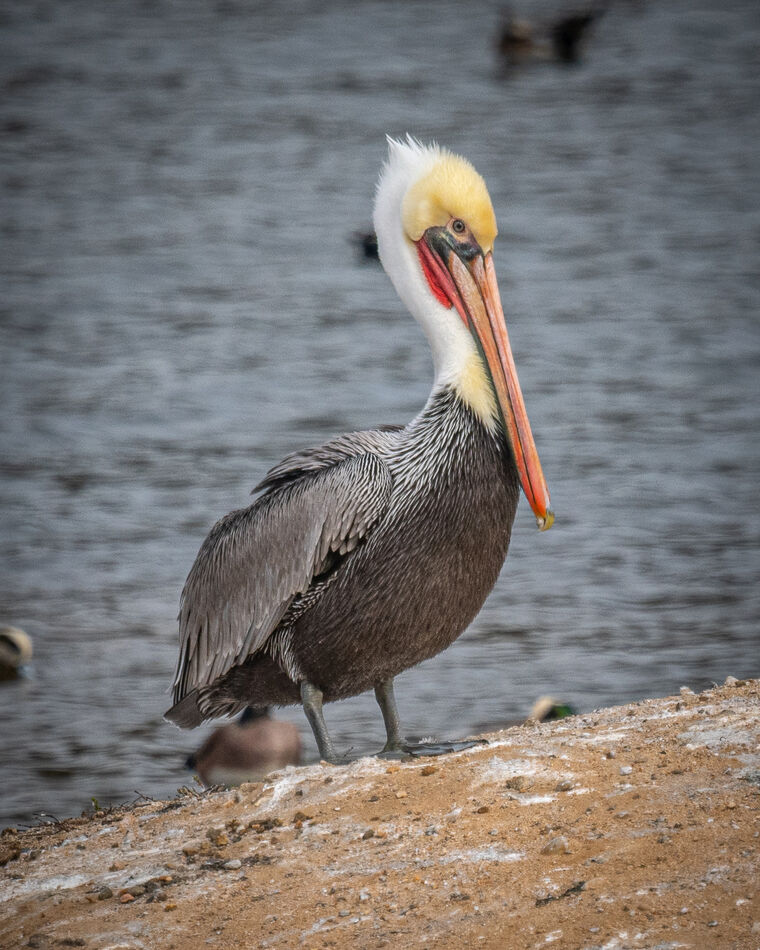
(Download)
Reddish Egret
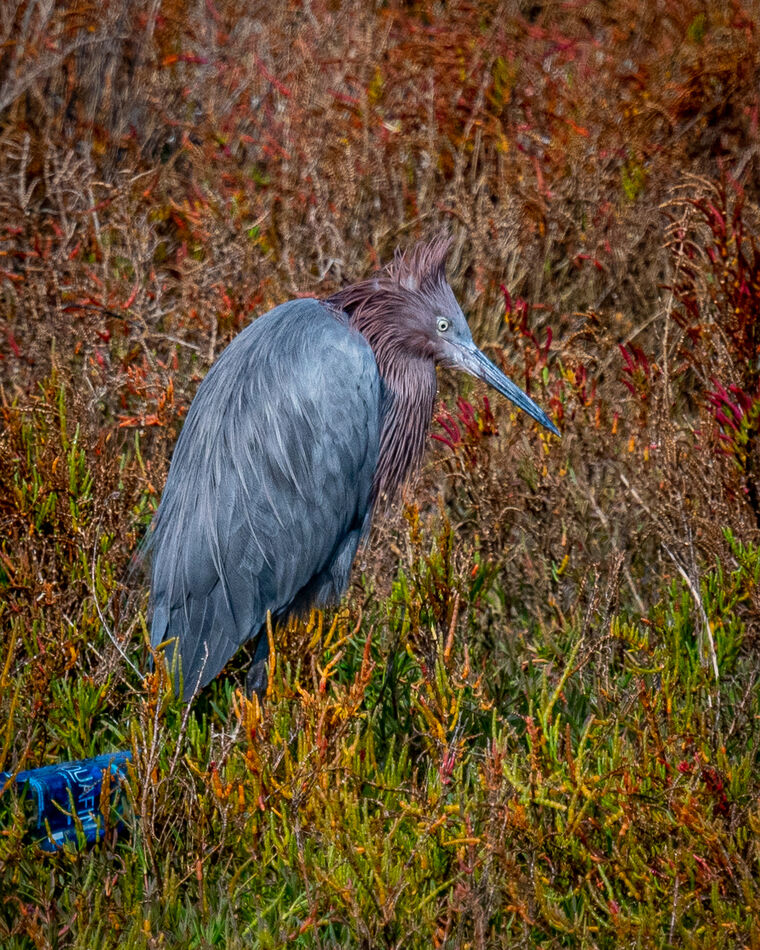
(Download)
Northern Pintail
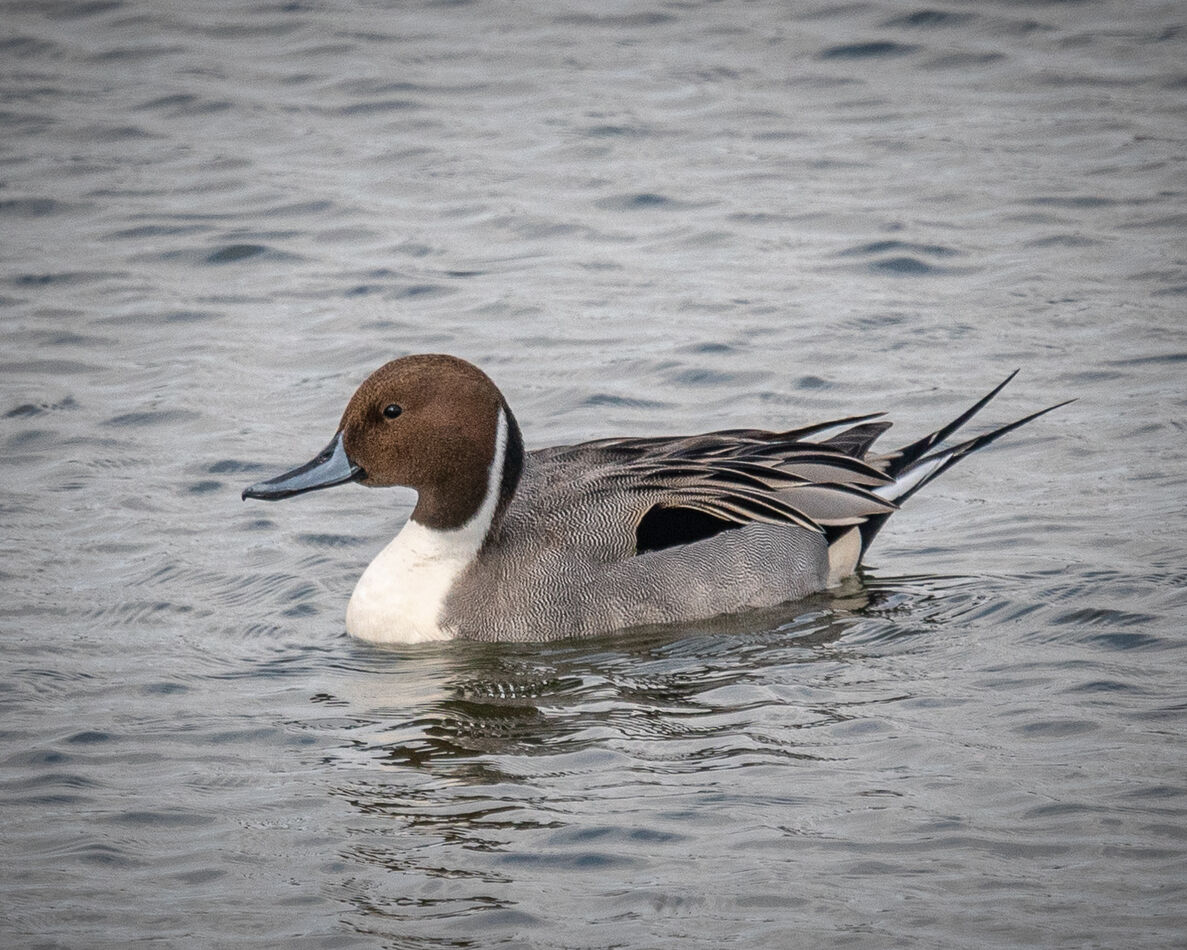
(Download)
Savannah Sparrow (Belding's)
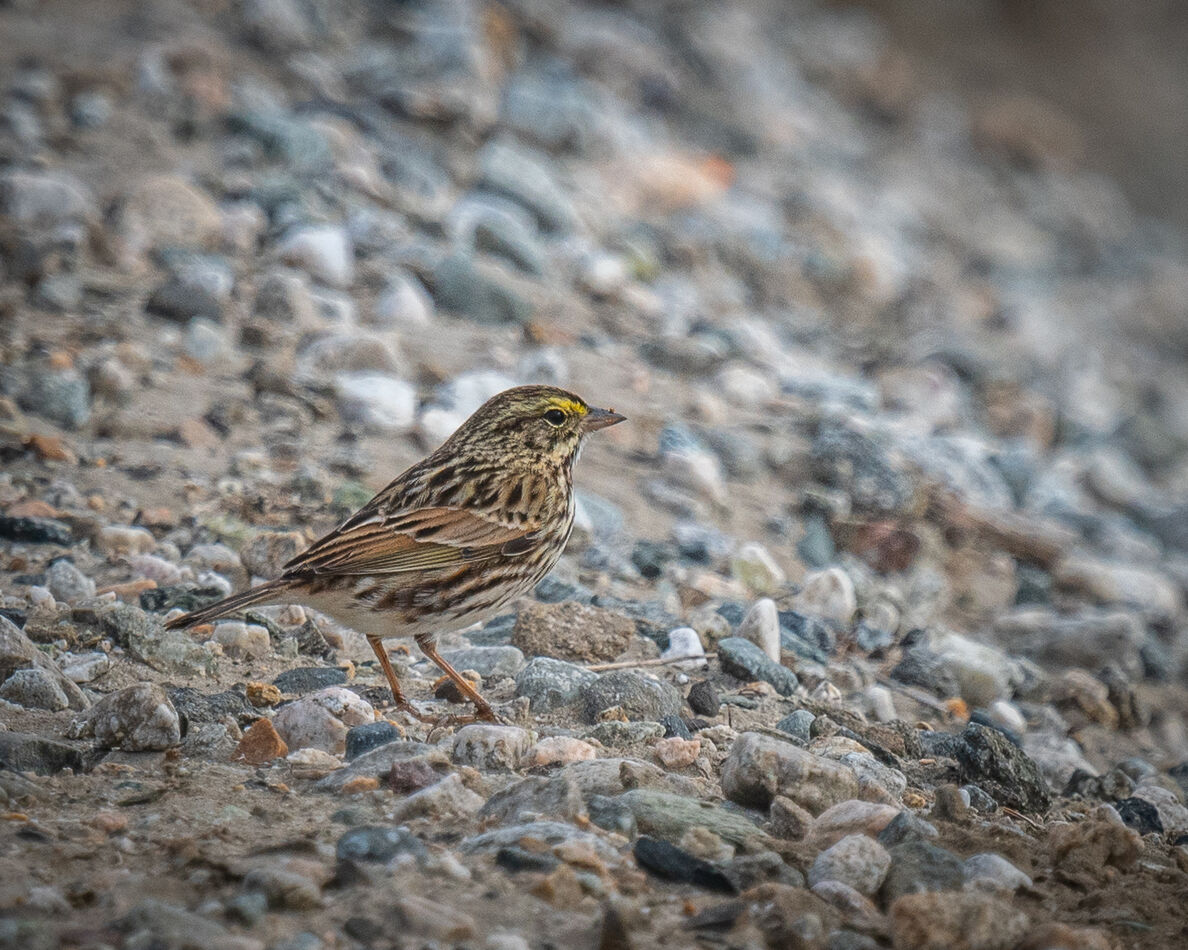
(Download)
Blue-winged Teal
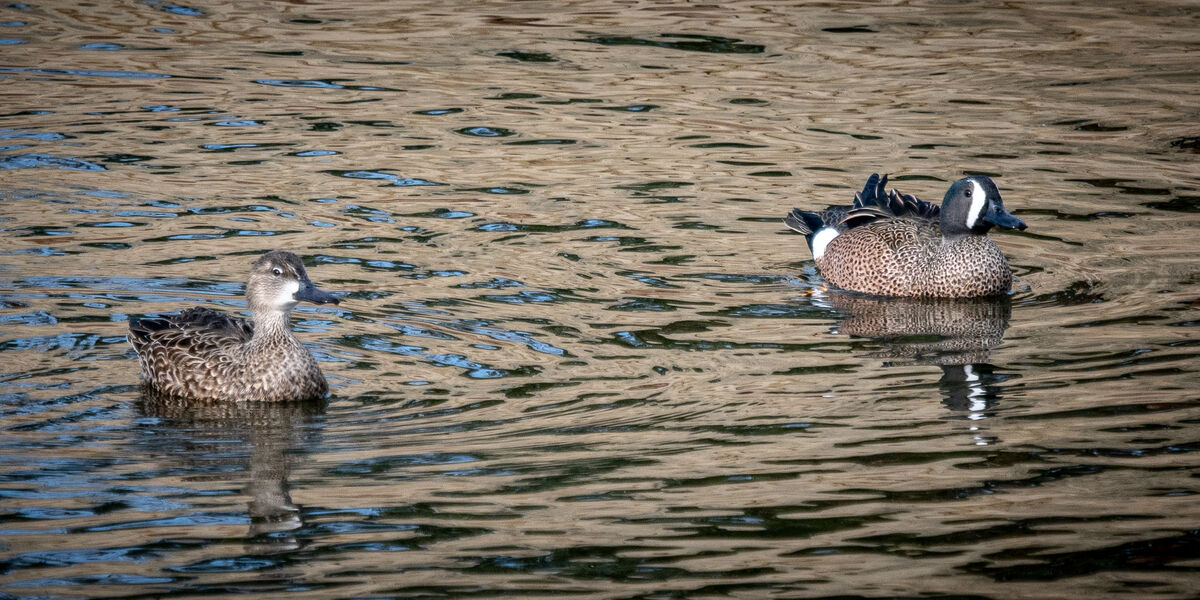
(Download)
Red-tailed Hawk
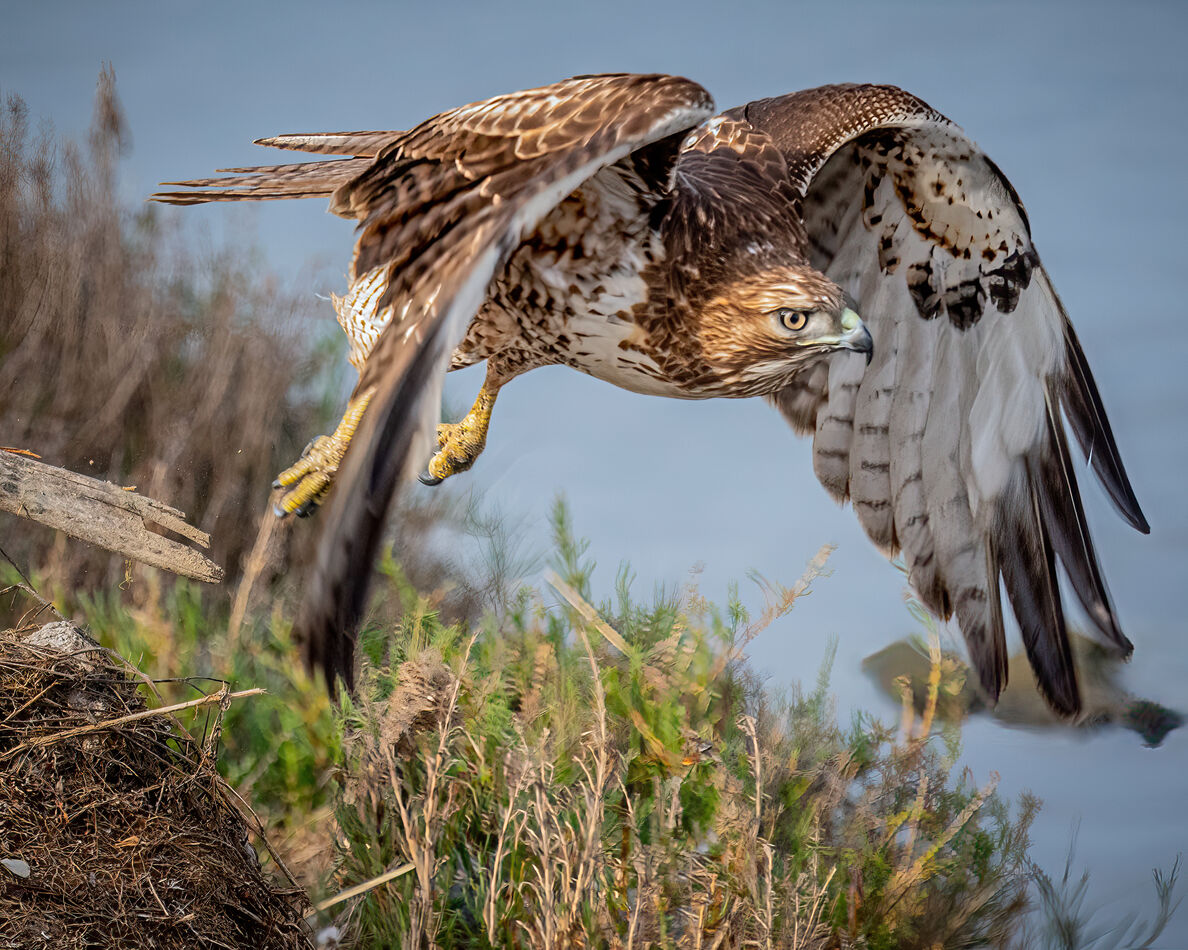
(Download)
Lesser Scaup (Males)
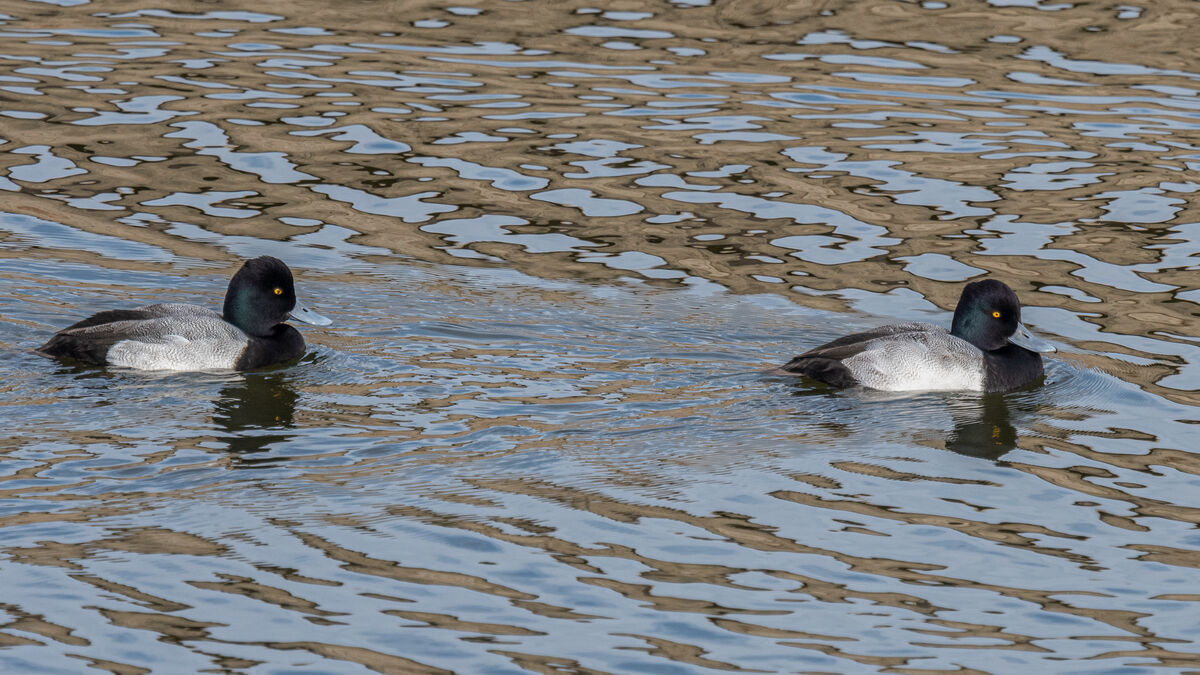
(Download)
Dec 1, 2022 16:43:35 #
Dec 1, 2022 16:51:48 #
Thanks, Mike. Did you have a nice Thanksgiving? I did a lot of birding in the early day but joined a large family group for the later afternoon and evening. Take care. jak
Dec 1, 2022 17:49:06 #
Dec 1, 2022 18:43:13 #
Dec 1, 2022 22:10:04 #
Dec 2, 2022 01:43:36 #
Dec 2, 2022 01:44:44 #
Dec 2, 2022 01:45:48 #
NMGal wrote:
Great photos and interesting commentary.
Thanks, NMGal. I appreciate the kind comment. Have a nice weekend. jak
Dec 2, 2022 04:57:01 #
Dec 2, 2022 05:11:21 #
Dec 2, 2022 06:24:57 #
Dec 2, 2022 12:23:25 #
Great series. I try to get down to Bolsa Chica whenever I can (San Fernando Valley - NW LA) 



Dec 2, 2022 14:47:58 #
Really nice photos!! The Red Tailed Hawk is probably the best photo of one that I have ever seen!! Great job on all of these!
Dec 2, 2022 14:57:45 #
jak86094 wrote:
The Southern California coast is a great place for... (show quote)
Every shot is a superlative, phenomenally beautiful feast for the eyes 🤗🏆⭐🏆🤗
If you want to reply, then register here. Registration is free and your account is created instantly, so you can post right away.









